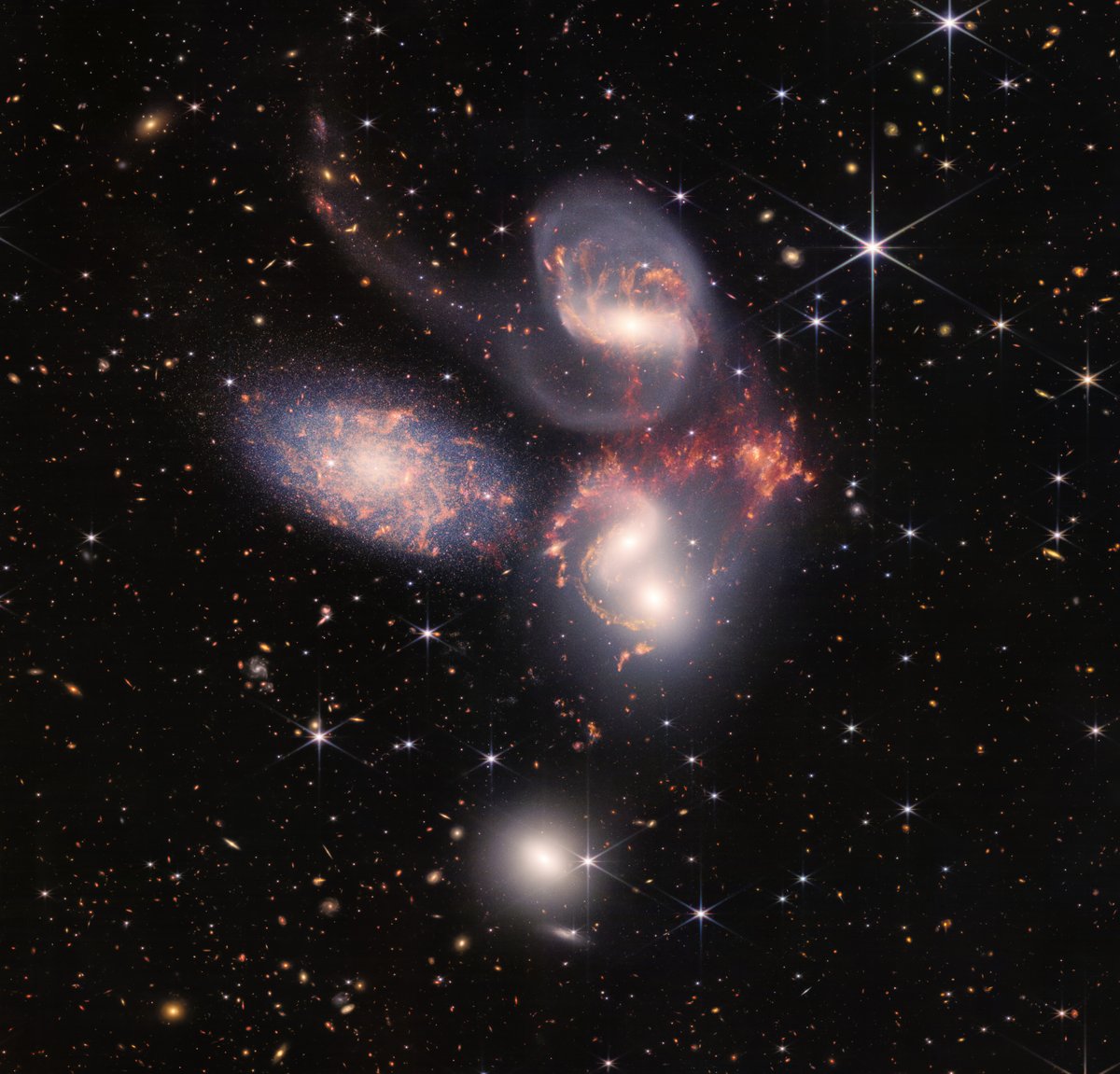
📢 #Webb reveals steamy atmosphere ♨️ of exoplanet WASP-96 b, capturing the distinct signature of water 💧 along with evidence for clouds & haze — the most detailed measurements of this kind to date. Read more here: esawebb.org/news/weic2206/ or below 👇 #WebbSeesFarther 

WASP-96 b is a hot, puffy gas giant planet orbiting a distant Sun-like star. On 21 June, Webb’s #NIRISS measured light from the WASP-96 system for 6.4 hours as the planet moved across the star 👇
The result: a light curve— showing the overall starlight dimming during transit, when the planet blocks some starlight, and a transmission spectrum— made by comparing starlight filtered through a planet’s atmosphere to unfiltered starlight when the planet is beside the star 👇 

The light curve confirms planet properties already determined— existence, size & orbit. The transmission spectrum reveals previously hidden details of the atmosphere: the unambiguous signature of water, indications of haze & evidence of clouds 👇
The extraordinarily detailed spectrum provides a hint of what #Webb has in store for exoplanet research. Over the coming year, researchers will analyse the surfaces & atmospheres of several dozen exoplanets, from small rocky planets to gas- and ice-rich giants. #WebbSeesFarther
• • •
Missing some Tweet in this thread? You can try to
force a refresh










